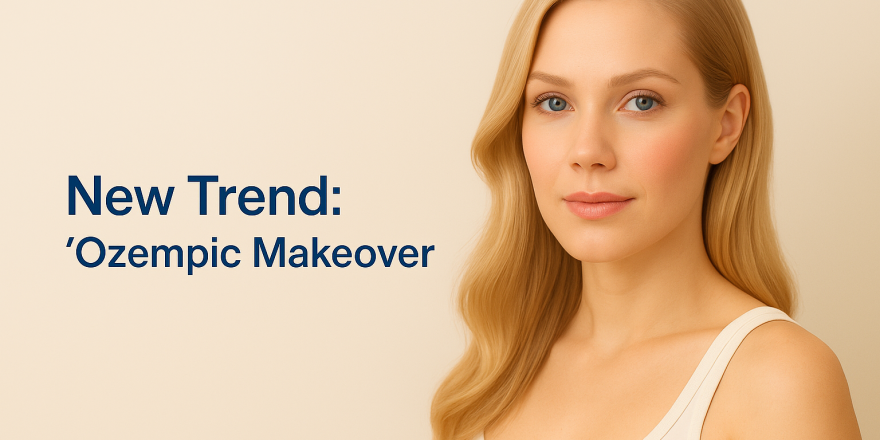Stem Cell Therapy
Top-Tier Option for Rejuvenation and Tissue Repair
For informational purposes only; medical decisions should be individualized after consultation.
What Is a Stem Cell?
Stem cells are special cells capable of self-renewal and differentiating into various cell types. They are investigated and used across many areas, including tissue repair, wound healing and aesthetic applications.
Core features that define a “stem cell”
- Capacity for self-renewal
- Ability to differentiate (e.g., muscle, nerve, bone, skin)
- High proliferative potential
- Adaptation to injured sites to initiate repair
Stem Cell Sources
Cells can be obtained from one’s own body (autologous) or, under appropriate conditions, from a donor (allogeneic). Safety and compatibility processes are critical in clinical practice.
Common sources in aesthetics
- Adipose tissue: Most frequently preferred. About 100–300 cc of fat may be harvested via liposuction; cells are isolated in the laboratory.
- Bone marrow: Typically lower cell yield for aesthetic indications; thus used less often.
- Fetal-derived mesenchymal stem cells: Obtained from the umbilical cord and prepared in authorized laboratories.
What Should Proper Stem Cell Therapy Include?
- Sampling and shipment to the laboratory under sterile conditions
- Isolation of the cellular fraction from adipose/other tissue
- Safety testing (e.g., tumorigenicity) of cells
- Application of only qualified and safe cells
Note: PRP, exosomes and fibroblasts stimulate/aid regeneration but do not contain viable stem cells.
Aesthetic Use Cases
- Skin rejuvenation (face, neck, décolletage, hands)
- Supportive therapy for hair loss and post-transplant care
- Selected autoimmune skin lesions
- Wound and scar management
Can Stem Cells Keep You Young?
From the 30s onward, cellular regenerative capacity declines. Stem cell applications may support cellular reserves, strengthen repair potential and help slow aging. In advanced ages, the goal is more about vitality and tissue support than “turning back the clock.”
Sessions & Duration of Effect
- In many cases, one session per year is sufficient.
- Effects typically become noticeable from month 3 and last around one year.
- Regular maintenance can help preserve skin quality.
Alternatives & Combinations
Protocols may be combined with PRP, exosomes or fibroblasts. In some cases, intravenous supports such as glutathione, alpha-lipoic acid, NAD or ozone can be added upon physician assessment.
Stem Cells in Hair Treatments
- Can be planned before/after hair transplantation
- May benefit regional thinning
- Average benefit ~one year; follow-up helps maintain quality
FAQ — Frequently Asked Questions
What is a stem cell?
Cells capable of self-renewal and differentiation; used for tissue repair and rejuvenation.
What should proper therapy include?
Sterile sampling, laboratory isolation, safety testing and use of only suitable cells.
Where is it used?
Skin rejuvenation, wound/scar management, supportive care for hair loss and selected lesions.
How many sessions?
Often one per year; onset around month 3; average duration about one year.
* This page is for informational purposes; diagnosis and treatment are personalized after a physician’s examination.





